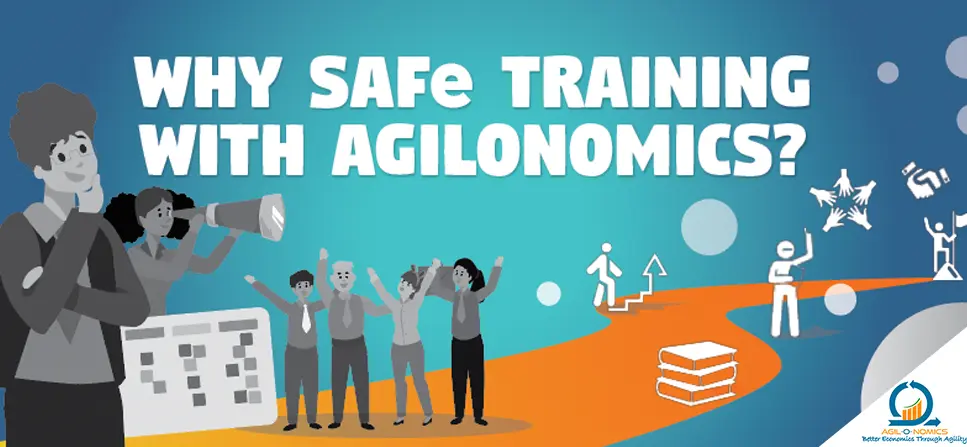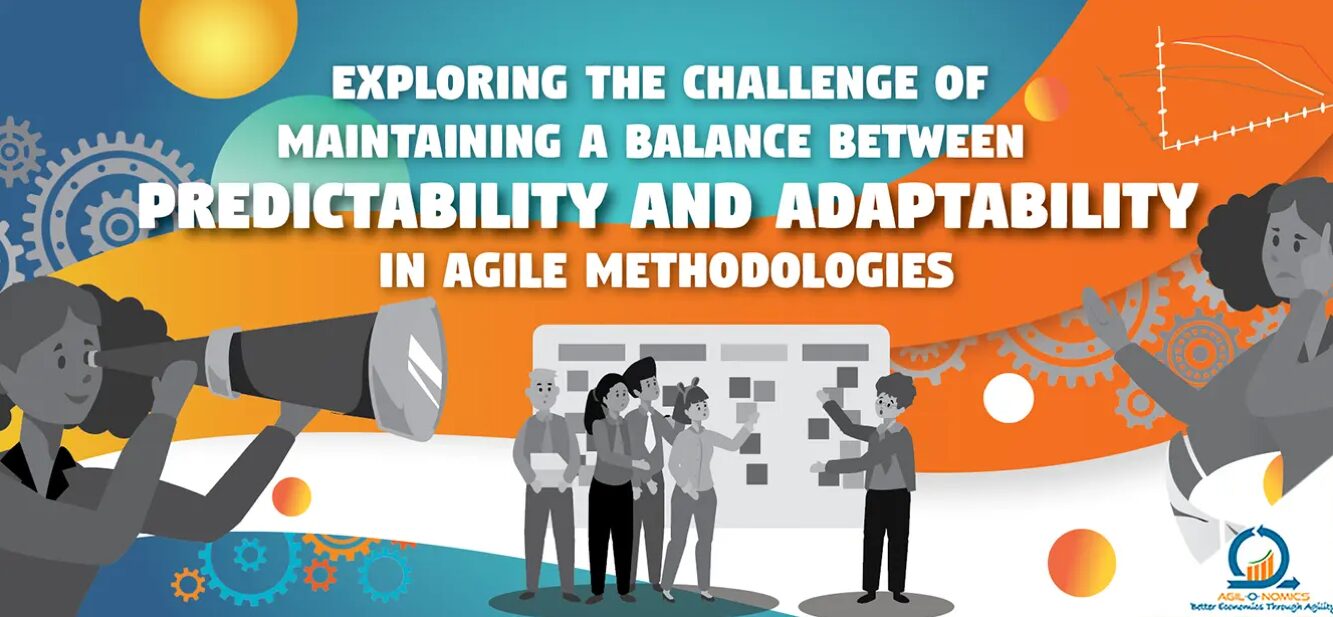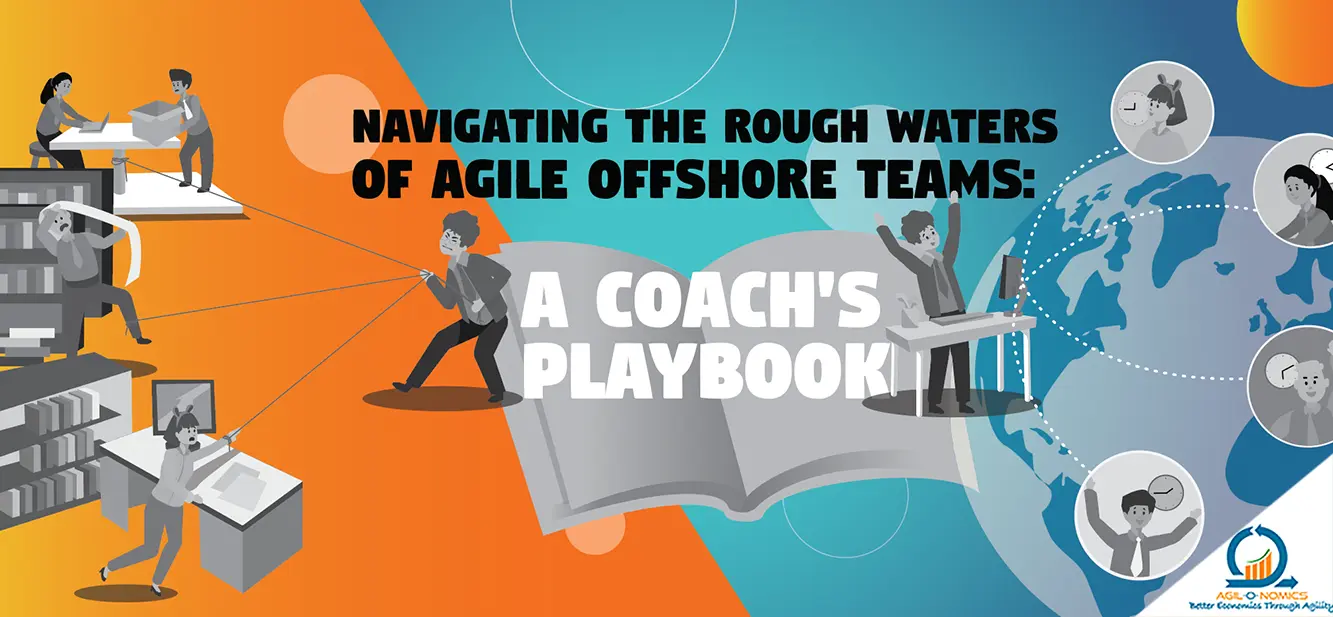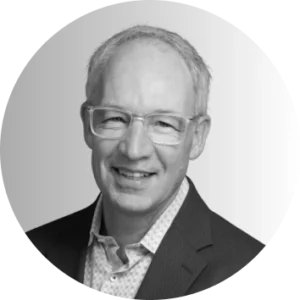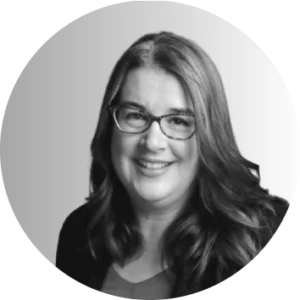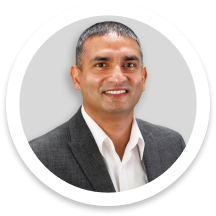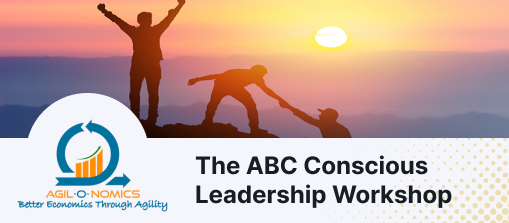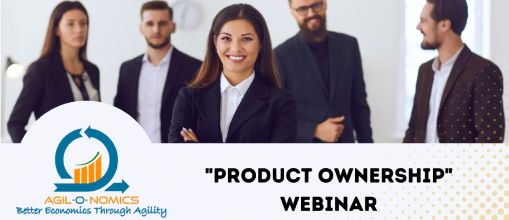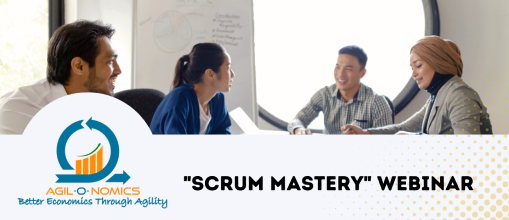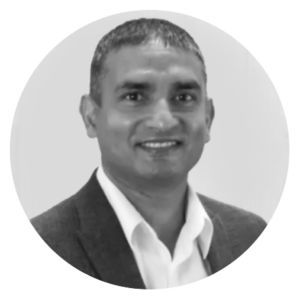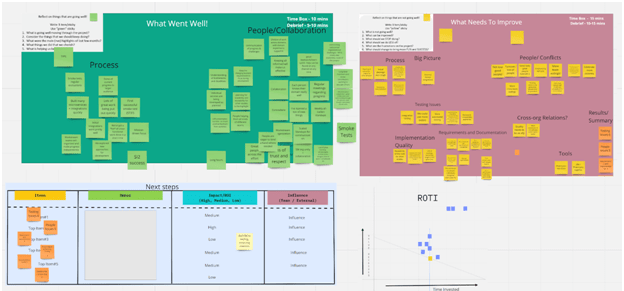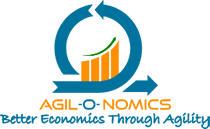This is an informative, educational article and is being written in two parts. Part 1, below is an introduction about Data Science Teams, the challenges they face. Part 2, that comes later, will cover detailed strategies on how to make Data Science project development effective using Agile ways of working Introduction: Exploring the Intersection of Data Science and Agile for Teams In today’s fast-paced, emerging and evolving digital world, data science and engineering teams play a central role in driving innovation and competitive advantage for organizations. However, the complexity of their work, along with with the dynamic nature of the industry, presents unique challenges that traditional project management approaches struggle to address effectively. As an Enterprise Agile Coach working closely with development teams, I often see the challenges data scientists face in managing the complexity of their projects. From dealing with massive datasets to harnessing the power of AI and machine learning, these teams encounter obstacles that demand a fresh perspective and Agile solutions. In this blog, we’ll look into the complexities of data science work and explore how Agile thinking can offer a pathway to success. Drawing from personal experiences and industry insights, we’ll uncover the importance of embracing Agile principles and practices to overcome the challenges inherent in data-driven projects. Understanding Challenges: Obstacles Faced by Data Science and Engineering Teams Data science and engineering teams encounter various obstacles that can slow their progress and impact the success of their projects. To gain a better understanding of these challenges, let’s explore the historical evolution of data science methodologies and frameworks. Exploring Data Science Methodologies: A Historical Perspective As data science continues to evolve, so do the methodologies and frameworks that guide its practice. One such approach is the circular model, which forms the foundation for various methodologies employed in the industry. Below is a brief text on the evolution of this approach followed by some of the key methodologies that have emerged over time. Simple Circular Approach to Data Science Evolution of the Circular Approach The circular approach, also known as Agile-ish development within the data science realm, has undergone significant evolution to meet the changing demands of the field. Initially, the focus was on creating a flexible and adaptable framework that could accommodate the iterative nature of data science projects. Over time, this approach has matured, leading to the development of structured methodologies that provide clear guidelines for practitioners. Key Methodologies in Data Science Among the methodologies that have emerged, IBM’s CRISP-DM (Cross-Industry Standard Process for Data Mining) stands out as one of the most widely adopted frameworks. CRISP-DM offers a structured approach to data mining projects, with well-defined stages that guide practitioners through the entire process. The CRISP-DM model defines six crucial phases in the data science life cycle, demanding meticulous attention and expertise at each stage. These six stages are: Business Understanding, Data Understanding, Data Preparation, Modeling, Evaluation, and Deployment. There is well-defined logic for jumping between different (back and forth or from one to another) stages of this model. For example, you could go from “Business Understanding” to “Data Understanding” and back a number of times until data clarity is achieved. CRISP-DM Diagram In addition to CRISP-DM, several other popular methodologies have emerged to guide data science projects. These include the OSEMN (Obtain, Scrub, Explore, Model, Interpret) model, which emphasizes a systematic approach to data analysis. The KDD (Knowledge Discovery in Databases) process is another widely used framework that focuses on extracting useful knowledge from large datasets. Additionally, SEMMA (Sample, Explore, Modify, Model, Assess) offers a structured approach to data analysis, while TDSP (Team Data Science Process) emphasizes collaboration and teamwork throughout the project lifecycle. Furthermore, KDNuggets CRISP-DM, a modified version of the original CRISP-DM model by KDnuggets, and LIFT (Lightweight Iterative Framework for Text Mining) provide specialized approaches tailored to specific data science tasks and domains. Each of these methodologies brings its own set of principles and practices to the table, catering to the diverse needs of organizations in the field of data science. Looking Ahead As data science continues to evolve, so too will the methodologies and frameworks used to guide its practice. By understanding the evolution of the circular approach and exploring the key methodologies employed in the industry, data science and engineering teams can gain valuable insights into how best to approach their work and overcome the challenges they may face. Common Challenges faced by Data Science Teams We will primarily focus on the CRISP-DM model to help understand the common challenges faced in Data Science projects. Splitting Work to Provide Incremental Value: Integrating the six phases of the CRISP-DM model into user stories presents a significant challenge for data science teams. How do we fit all phases into a single 2-week Sprint? How do we show and deliver value when the work is split to fit in the Sprint? Dealing with Massive Datasets: Data science projects often involve working with massive datasets, requiring teams to develop efficient strategies for data collection, storage, and analysis. Managing and processing such large volumes of data can strain people, resources and infrastructure, posing a significant challenge to teams. Harnessing the Power of AI and Machine Learning: With the increasing adoption of AI and machine learning technologies, data science teams must stay abreast of the latest developments and best practices in these areas. Incorporating AI and machine learning into projects requires specialized knowledge and skills, presenting a challenge for teams that may lack expertise in these domains. Ensuring Data Quality and Integrity: Maintaining data quality and integrity is critical in data science projects, as the accuracy of insights and decisions hinges on the reliability of the underlying data. However, ensuring data quality can be challenging, particularly when dealing with diverse data sources and incomplete or inconsistent data. Managing Project Timelines and Deadlines: Data science projects often operate under tight timelines and deadlines, requiring teams to deliver results within specified timeframes. However, the iterative nature of data science work, coupled with the unpredictability of data-related


